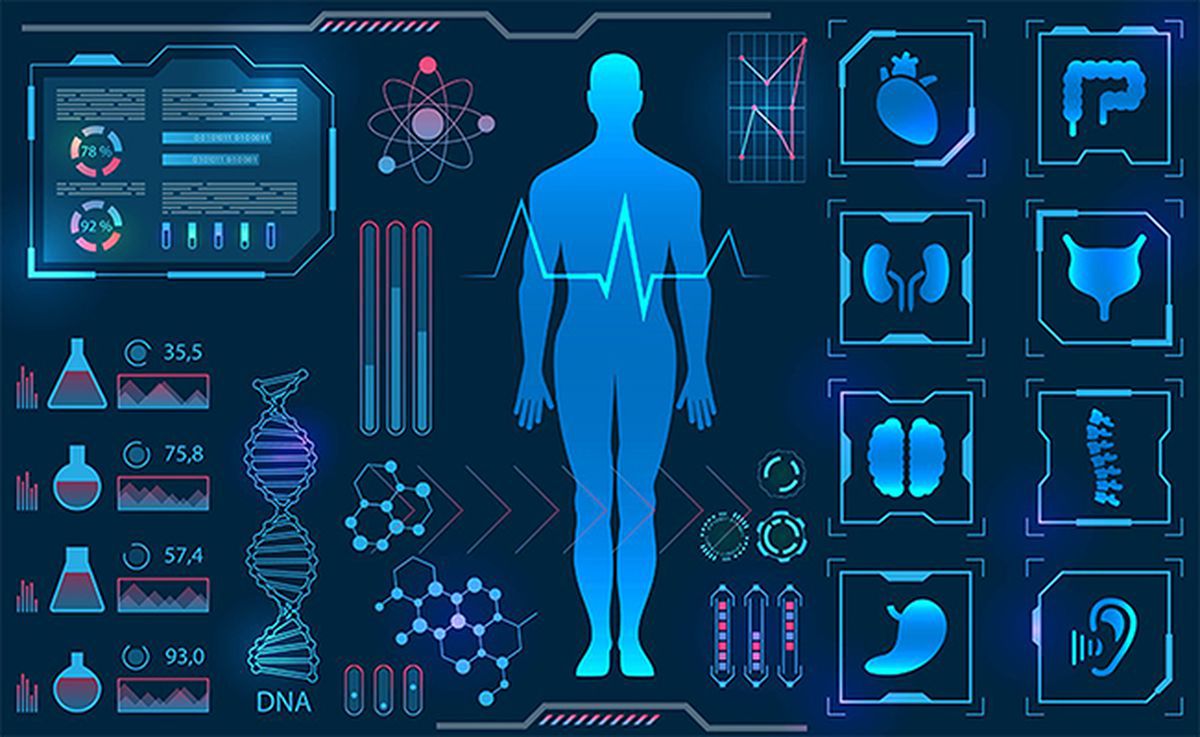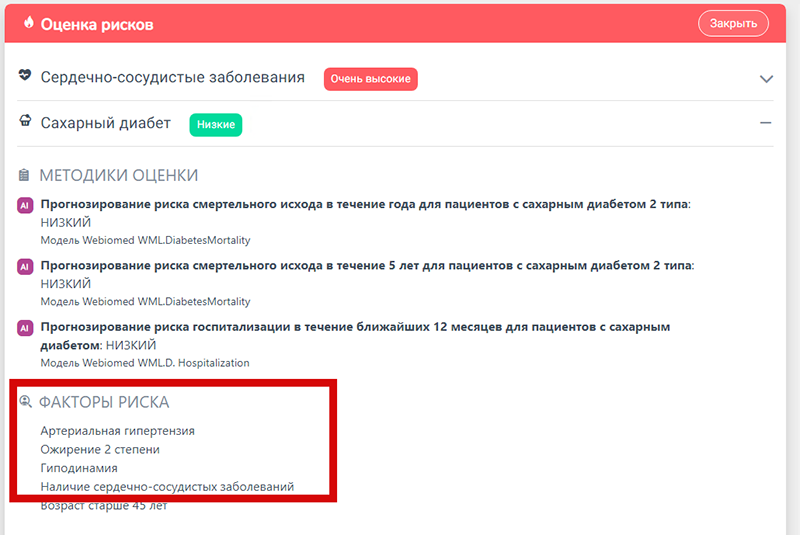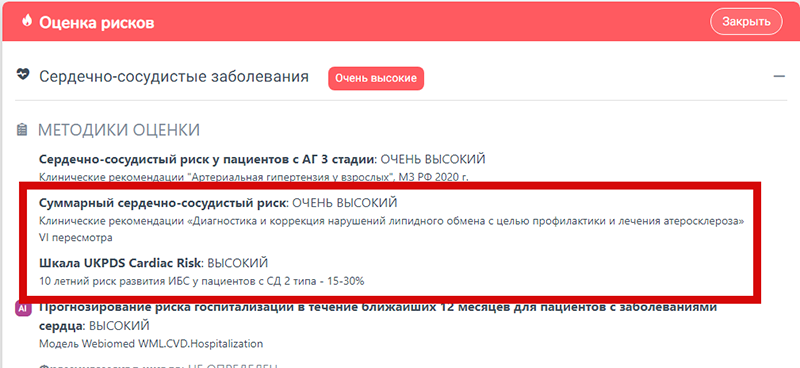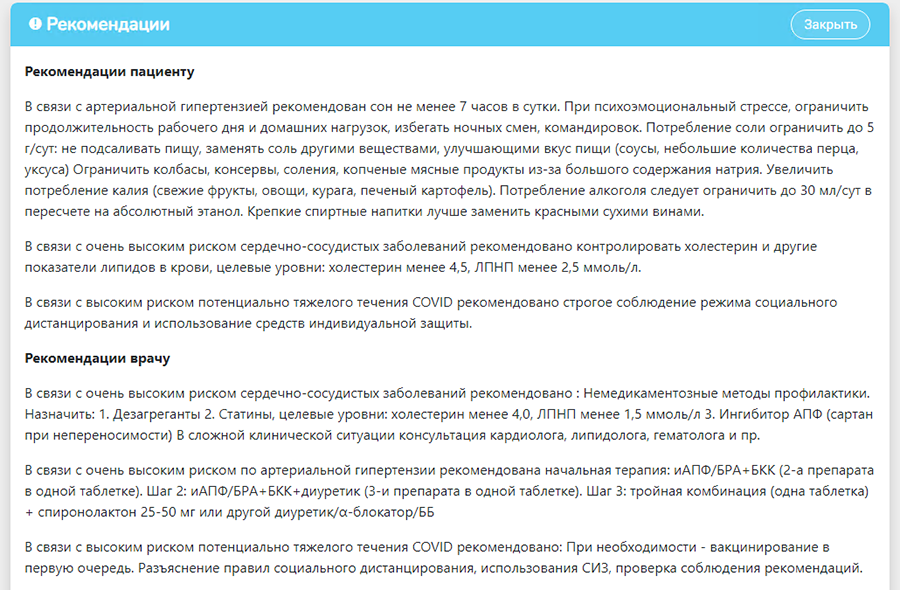
The new version of the Webiomed predictive analytics platform includes a number of new features designed to help clinicians and managers increase the identification of diabetes, and then further improve morbidity and mortality of diabetes mellitus (DM) and carbohydrate metabolic disorders.
1. Automatic detection and display of the risk factors for the development of diabetes to physicians in accordance with the regulatory documents (I.I. Dedov, M.V. Shestakova, et al. "Algorithms for specialized medical care for patients with diabetes mellitus", Moscow, 2019).

2. Identification of suspicions of diabetes and other disorders of carbohydrate metabolism.
To identify suspicions, Webiomed analyzes EHRs for the presence of deviations in carbohydrate metabolism indicators: blood glucose and glycated hemoglobin. As a result of the analysis in accordance with the adopted algorithms, the disorders of carbohydrate metabolism are identified: diabetes mellitus, suspected diabetes mellitus, impaired glucose tolerance, impaired fasting glycemia.
In addition to these disorders of carbohydrate metabolism, the Warning for Carbohydrate Metabolism Disorder is calculated when the patient has a normal blood sugar level, but according to the predictive algorithm, it can go beyond the normal range within a year.
3. Comprehensive assessment of the risks of a patient with an established diabetes diagnosis.
The calculation of forecasts is automatically carried out on the basis of patient’s EHR data. Specifically developed machine learning models are applied. The models are additionally connected to the system of predictive scores. Predictions affect both the development of complications and consequent death as well as the likelihood of hospitalization in patients with diabetes.

4. Identification of the use of antihyperglycemic drugs in EHR using the NLP model WML.NLP.Medications (hypoglycemic/bool). The model makes it possible to determine the group and the antihyperglycemic drug(s) that have been prescribed to the patient.
5. Evaluation of the achievement of target indicators of carbohydrate metabolism allows assessing the effectiveness of therapeutic measures. What is more, it allows identifying patients who, despite ongoing therapy, have not reached the target levels of reducing risk factors for diabetes and thus they do not receive effective treatment.

The identification of such patients makes it possible to draw additional attention of the physicians and healthcare leaders to patients who are at risk and do not have effective treatment. These patients should be given more attention as they represent a significant group for reducing complications and mortality in diabetes.
6. The display of individual recommendations for the correction of risk factors allows a comprehensive approach to the risk management of dangerous complications and deaths, thereby increasing the efficiency of the clinical practice.

7. Management and research analytics
A special dashboard is built into the management decision support system. It allows to assess the prevalence of diabetes in the whole region or individual healthcare organizations, as well as assess risk factors and other data.